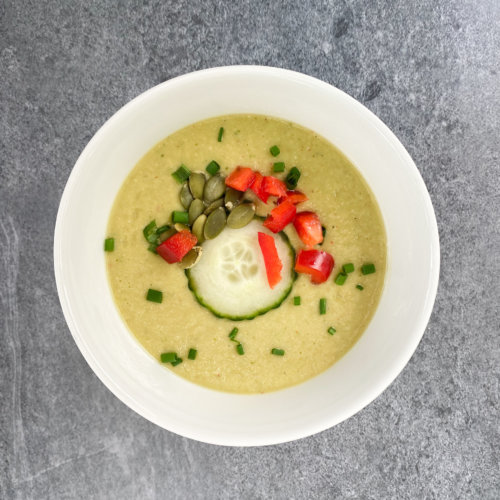Why You’re Crashing at 3 PM: The Role of Blood Sugar in Energy Levels
If you’ve ever felt like you hit a wall mid-afternoon—struggling to stay awake, think clearly, or muster the energy to finish your day—you’re not alone. These energy crashes are incredibly common and can be more than just an inconvenience. They might be your body’s way of signaling an imbalance in your blood sugar, often referred to as the “blood sugar rollercoaster. ”
Let’s explore why this happens, how your diet plays a role, and what you can do to stabilize your energy levels and avoid the dreaded afternoon slump.
Understanding the Blood Sugar Rollercoaster
Your body relies on glucose, a type of sugar from the foods you eat, as its main source of energy. When you eat, your blood sugar levels rise, prompting your pancreas to release insulin, a hormone that helps transport glucose into your cells to be used for energy.
However, when your blood sugar fluctuates too much—spiking high and then plummeting low—it can leave you feeling drained, irritable, and unfocused. This cycle of spikes and crashes is what we call the blood sugar rollercoaster. 🎢
What Causes Blood Sugar Spikes and Crashes?
Several dietary and lifestyle habits contribute to this rollercoaster effect:
- High-Carb, Low-Protein Meals: Meals high in refined carbs (like white bread, pastries, or sugary snacks) are digested quickly, leading to a rapid blood sugar spike followed by a sharp drop.
- Skipping Meals: Long gaps between meals can cause blood sugar to dip too low, leaving you feeling fatigued.
- Caffeine and Sugary Drinks: That afternoon latte or soda might give you a quick energy boost, but it’s often followed by a crash.
- Lack of Balanced Nutrition: Meals lacking in fiber, protein, and healthy fats don’t provide the sustained energy your body needs.
- Stress and Poor Sleep: These factors can make your body less sensitive to insulin, leading to more significant blood sugar fluctuations.
Signs Your Energy Crash is Blood Sugar-Related
- Feeling shaky, dizzy, or lightheaded
- Intense cravings for sugar or carbs
- Irritability or difficulty concentrating
- Fatigue, especially after meals
- An energy surge followed by a sudden drop
How to Balance Your Blood Sugar and Avoid Crashes
The good news is that small, intentional changes to your diet and lifestyle can make a big difference. Here’s how:
- Choose Balanced Meals: Include a mix of protein, healthy fats, and fiber at every meal. For example, pair chicken or tofu with roasted vegetables and avocado for a nutrient-rich, blood sugar-friendly dish.
- Snack Smarter: Keep healthy snacks on hand, like nuts, seeds, or a hard-boiled egg, to avoid reaching for sugary options when hunger strikes.
- Stay Hydrated: Dehydration can exacerbate fatigue, so drink plenty of water throughout the day.
- Manage Stress: Incorporate stress-reducing activities like yoga, deep breathing, or a short walk to help regulate your hormones.
- Consider a Continuous Glucose Monitor (CGM): A CGM allows you to see how your blood sugar responds to different foods, helping you make more informed dietary choices.
How the INSIGHT Blood Sugar Reset Program Can Help
If energy crashes are a regular part of your day, it might be time to take a closer look at your blood sugar. That’s where my INSIGHT Blood Sugar Reset Program comes in. Using cutting-edge continuous glucose monitors (CGMs), this program will give you personalized insights into how your body processes food and help you build habits to keep your blood sugar steady.
By combining CGM technology with practical guidance on diet, movement, and lifestyle, you’ll not only experience fewer energy crashes but also improve your overall health and well-being.
Take Control of Your Energy
You don’t have to live with the daily drag of energy crashes. With the right tools and support, you can stabilize your blood sugar, regain your energy, and feel your best. Ready to get started? Join the INSIGHT Blood Sugar Reset Program today and take the first step toward balanced energy and a healthier you.








